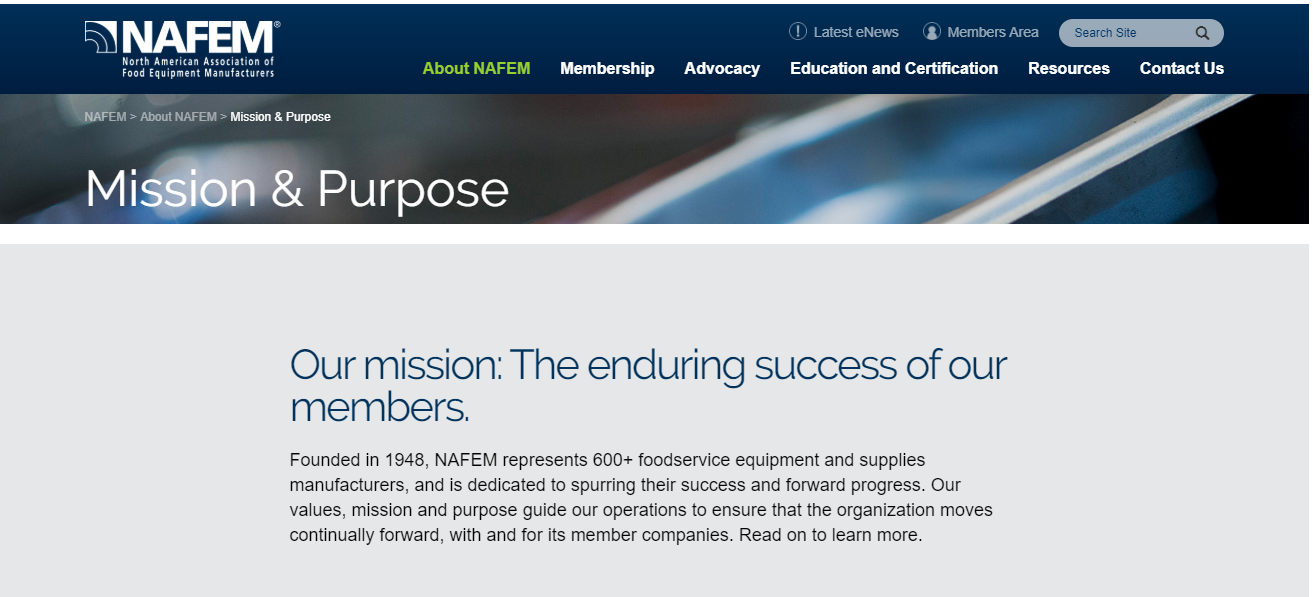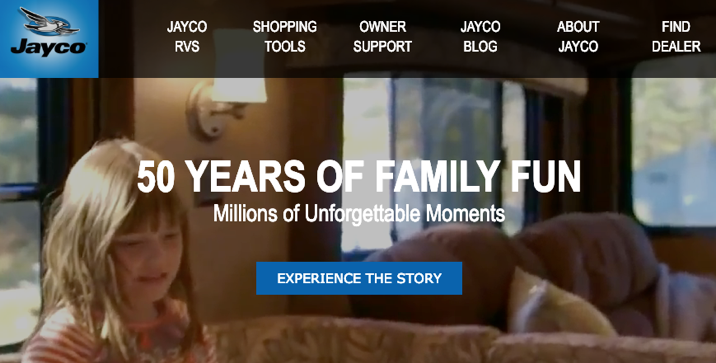As marketers we put a lot of thought into what we say to our audience. But sometimes, how you say it can be just as important—especially when it comes to writing.
In this article, we’ll take a look at how to use punctuation and capitalization to your brand’s advantage. While usually these two are thought of in more of a grammatical sense, they can actually be powerful design elements that affect the readability of your copy as well as the perception of your brand. Keep reading to see what we mean.
To exclaim or not to exclaim
Whether you write for a living or just on the occasion, punctuation is a part of the experience. In fact, it’s a huge part of how we communicate and give our brand a voice beyond just word choices. The exclamation point is one punctuation mark often used among marketers to denote happiness and enthusiasm, or to sound friendly and welcoming. The truth is that sometimes too many exclamation points can feel overwhelming or disingenuous though.

While both messages above are the same, you read them differently because of the punctuation. Imagine you saw these headlines in a display ad or as an email’s subject line. Which one would you be more apt to click on? While the option on the bottom might look or sound more celebratory, it could come off as spam or a hoax.
However, if those extra three exclamation points were used in a social or blog post, they’d probably feel right at home. This is because not only are those channels more conversational in nature, the user’s intentions and interactions are different. We’re not asking them to click (necessarily), we’re simply communicating something exciting!!
Now, we’re not saying to get exclamation happy on certain channels and limit your use on other channels. At the end of the day, how you punctuate sentences of joy comes down to what is most authentic to your brand and your audience. Just remember—sometimes less is more.
Title case vs. sentence case
The majority of copy in the world follows good ol’ sentence case (capitalizing the first word of a sentence). It’s easy to read, has a conversational feel to it and can be used in pretty much every instance of copy. However, title case (capitalizing the first letter of every word) can be a visual way to decipher between content types or draw attention to certain messages. It’s also a more formal capitalization style used for book titles, company names, addresses and so on. Because of that, it makes sense for more formal or important copy elements like titles or buttons. It usually works best with 5 words or less since longer headlines can be harder to read in title case.
 (LoSasso Client: NAFEM®)
(LoSasso Client: NAFEM®)
The above website example shows how these two capitalization styles can work together to enhance the user experience. While the majority of copy follows sentence case—like the copy in the grey area—the page title “Mission & Purpose” and the site’s menu navigation are title case. When deciding which capitalization style to use for your own brand, think about what is better for readability and usability.
Emphasizing your message
We’ve already touched on how capitalization can enhance your message, but what about ALL CAPS? This bold casing style is great for when you’re looking for visual impact like in the example below.
 (LoSasso Client: Jayco®)
(LoSasso Client: Jayco®)
As the hero message of the site, the headline instantly catches your eye. While it works best for shorter headlines, navigational elements or callouts, uppercasing pairs well with every other capitalization style, like a title-cased subhead. Please note though that UPPERCASING TOO MUCH COPY AT ONE TIME CAN FEEL LIKE YOU’RE SCREAMING INSTEAD OF EMPHASIZING.
 (LoSasso Client: Fabrication & Manufacturers Association, International®)
(LoSasso Client: Fabrication & Manufacturers Association, International®)
If you’re looking for other visual ways to call attention to your message, think about formatting options. Bolding text, italicizing a word or using color can help lead the customer and enhance their understanding—as long as it’s done strategically.
Remember consistency and channel
In today’s marketing world, there are so many ways to promote and share your brand. There’s traditional media, digital media, mobile, apps, trade shows, social, native—the list goes on. However you decide to punctuate and emphasize your copy, remember to take into account the channel your writing for and the goal you hope to achieve.
The other thing to remember is that consistency is key when building and marketing your brand. The grammar and formatting tips we discussed can influence what your marketing is trying to communicate, but make sure they feel authentic and true to your brand’s voice.


